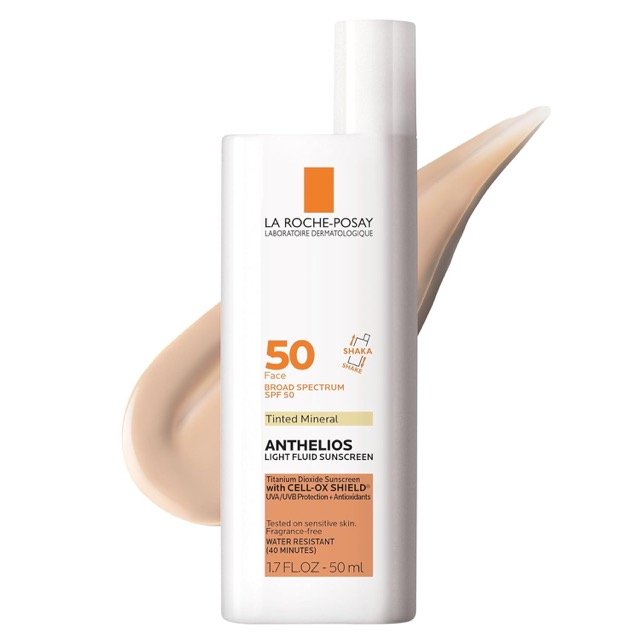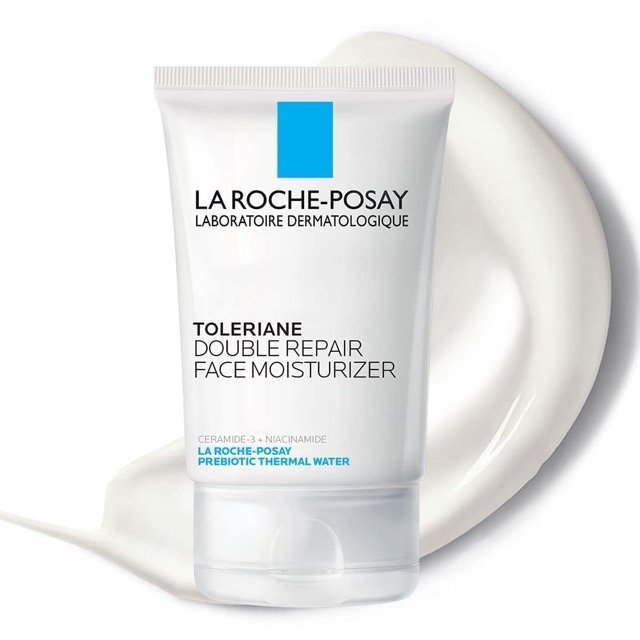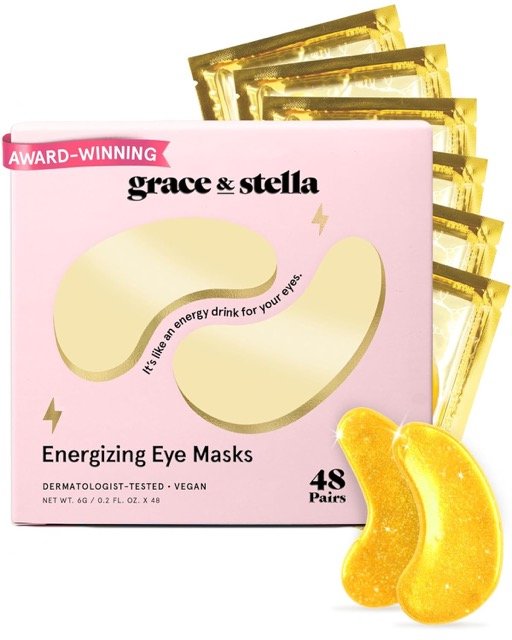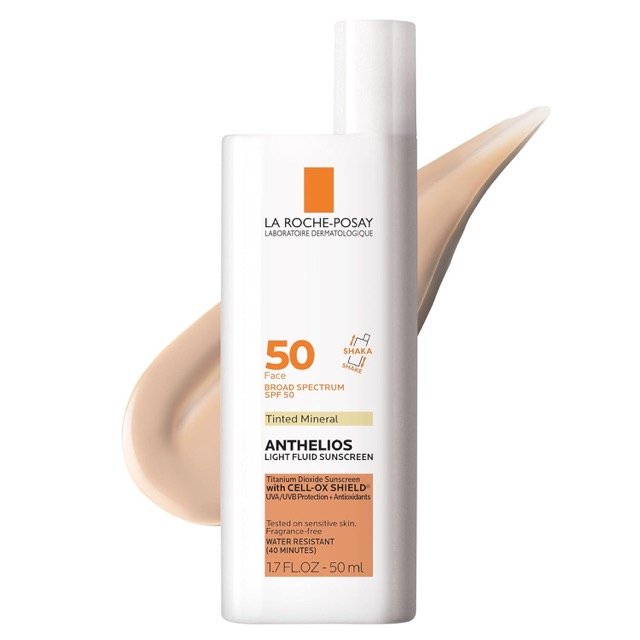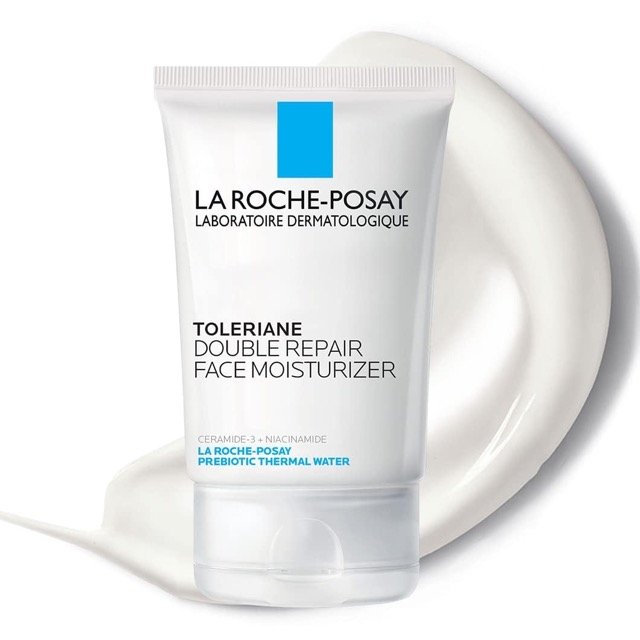Fluocinolone Acetonide is available as Cream, Drops, Solution, oil, and shampoo. It is a low to moderate potency corticosteroid available for the treatment of inflammatory conditions.
Fluocinolone acetonide Uses:
-
Scalp oil:
- Adults with psoriasis of the scalp may benefit from the use of scalp oil.
-
Body oil:
- In adults and children older than three months, it is used to treat moderate to severe atopic dermatitis.
-
Shampoo:
- The shampoo can be used to treat seborrheic dermatitis of the scalp
-
Cream, ointment, topical solution:
- Topical fluocinolone is used to relieve inflammation and itching associated with corticosteroid-responsive dermatoses
Fluocinolone acetonide Dose in Adults
Note: The drug's dosage is determined by the condition's severity and the affected area. The smallest amount should be used for a shorter period of time. Treatment must be discontinued as the condition improves.
Dose in the treatment of Atopic dermatitis:
- Topical: Body oil:
- Three times per day, apply a thin coating to the affected area.
Dose in the therapy of Corticosteroid-responsive dermatoses:
- Cream, ointment, or other topical product:
To the affected area, apply a little layer twice daily, or four times each day.- Occlusive dressings can be used to treat stubborn disorders like psoriasis.
Dose in the treatment of Scalp psoriasis:
- Topical:
- After thoroughly rubbing the scalp oil into damp or wet hair, put on a shower hat.
- Leave the oil on for at least four hours or overnight.
- Rinse the oil out completely and shampoo your hair to remove it.
Dose in the therapy of Seborrheic dermatitis of the scalp:
- Shampoo should only be applied topically once daily, and no more than one ounce should be used.
- Create a lather, then leave it on the scalp for five minutes or so.
- Rinse the hair with water completely to wash it.
Dose in Children
Note:
- The dose and duration of the topical application depend on the severity of the disease and the response to the treatment.
- Treatment must be discontinued when the lesions heal.
- To prevent HPA axis suppression, the least dosage of the medication should be taken for the shortest duration possible.
Dose in the treatment of moderate to severe atopic dermatitis:
-
Body oil Derma-Smoothe/FS (0.01%):
- Children under the age of 13, as well as adolescents:
- To moisturise the skin, apply a light layer to the problematic region twice daily.
- It is not recommended to use for more than four weeks.
Derma-Smoothe/FS scalp oil (0.01%):
- Children over 2 years and Adolescents:
- Apply a light application to the afflicted region twice daily.
- It is not recommended to use for more than four weeks.
- Children under the age of 13, as well as adolescents:
Dose in the therapy of Corticosteroid-responsive dermatoses:
-
Synalar cream (0.025%), ointment (0.025%), topical solution (0.01%):
- Children and Adolescents:
- Apply a thin layer topically twice daily or four times daily to the affected area.
- Occlusive dressings are sometimes used in the treatment of psoriasis and other difficult-to-treat conditions.
- Children and Adolescents:
Pregnancy Risk Factor C
- Negative fetal outcomes have been documented in animal reproduction studies.
- The effects of topical glucocorticoids are not significant on the foetus. However, intrauterine growth retardation is rarely reported.
- It is best to avoid using a lot of topical medication.
Fluocinolone use during breastfeeding:
- It is recommended that you use it with caution if you are breastfeeding.
- Breast milk contains corticosteroids. Hypertension has been observed in breastfeeding infants after topical application of corticosteroids over the nipple.
Fluocinolone acetonide Dose in Kidney Disease:
In the manufacturer's labeling, dose adjustment has not been recommended for kidney disease.
Fluocinolone acetonide dose in Liver disease:
In the manufacturer's labeling, dose adjustment has not been recommended in patients with liver disease.
Side effects of Fluocinolone acetonide:
-
Cardiovascular:
- Intracranial Hypertension (Rare)
-
Miscellaneous:
- Herpes Simplex
- Secondary Infection
-
Endocrine & Metabolic:
- Cushing's Syndrome
- HPA Axis Suppression
-
Dermatologic:
- Dryness
- Erythema
- Irritation
- Itching
- Hypertrichosis
- Hypopigmentation
- Perioral Dermatitis
- Pustules
- Folliculitis
- Acneiform Eruptions
- Allergic Contact Dermatitis
- Atopic Dermatitis (Secondary)
- Burning
- Shiny Skin
- Skin Atrophy
- Keratosis Pilaris
- Miliaria
- Papules
- Striae
-
Central Nervous System:
- Telangiectasia
-
Otic:
- Ear Infection
Contraindications to Fluocinolone acetonide:
Allergy to any ingredient in this formulation, including fluocinolone
Additional contraindications not included on Canadian labels
- Viral lesions on the skin, such as varicella and herpes
- Fungal or bacterial skin infections
- Parasitic infections
- Tuberculosis or Syphilis:
- Post-vaccinations eruptions
- Apply directly to the eyes
Warnings and precautions
-
Suppression of the adrenals:
- Topical steroid use over a long period of time may inhibit the adrenal glands.
- The HPA (hypothalamic-pituitary-adrenal) axis can be suppressed by topical steroid use, particularly in young children and individuals who receive large doses of topical corticosteroids for an extended period of time.
-
Contact dermatitis:
- If the underlying problem is not resolved, allergic contact dermatitis can occur.
-
Kaposi Sarcoma:
- Kaposi sarcoma may develop from prolonged topical use, which may need to be discontinued.
-
Local effects
- The drug can cause skin atrophy, striae and itching. Some changes are not reversible.
- Long-term use and the use of occlusive dressings are more likely to have local effects.
- If irritation occurs, treatment may be stopped.
-
Skin infections
- Skin may become more susceptible to infections from topical corticosteroids.
- If the infection continues to persist despite treatment, treatment may be stopped.
-
Systemic effects
- After the long-term application of corticosteroids, systemic absorption can occur.
- Hyperglycemia and glucosuria are two clinical indications of Cushing's syndrome that you might experience.
- Cushing's syndrome can be caused by occlusive dressings. The drug is applied to denuded skin, or an area larger than the body for a longer time.
Monitoring parameters:
- Keep an eye on children's growth
- Observe how the HPA axis is being suppressed (ACTH stimulation test, early morning plasma cortisol test, and urinary free cortisol test may be required for the diagnosis)
- Keep an eye out for overlapping bacterial or fungal infections.
How to Use Topical Fluocinolone acetonide?
- It is intended for topical application over the affected skin.
- Application on the oral mucosa, into the eyes, or intravaginal use should be avoided.
- If not advised otherwise by a healthcare professional, application on the face, axillae, or groyne should be avoided.
Cream, ointment, topical solution:
- Apply a tiny layer over the affected region, then gently rub it in.
- To allow the medicine to reach the lesions directly, part the hair in regions where there is hair.
- Psoriasis and other resistant disorders can be treated with occlusive dressings.
- If an infection starts, occlusive dressings should be avoided.
Body oil:
- Avoid applying over intertriginous areas. Apply the minimum required amount necessary to cover the affected area.
Shampoo:
- Before using, shake the scalp solution.
- Don't apply a bandage. Except as recommended by a healthcare professional, avoid wrapping or covering the treated scalp region.
Mechanism of action of Fluocinolone acetonide:
- Fluocinolone can be used topically as a corticosteroid with anti-inflammatory, vasoconstrictive and antipruritic properties.
- It prevents endogenous inflammatory chemical mediators from being formed, released, and active, such as prostaglandins, histamines, liposomal enzymes and kinins.
- By producing lipocortins, phospholipase inhibitory proteins, and successive suppression of arachidonic acid release, it blocks the synthesis of these mediators.
- Fluocinolone is a low- to medium-potency glucocorticoid (potency changes with dose).
Excretion:
- Primarily urine
- Bile
Absorption:
- The formulation, the amount of the product, and the skin type at the site of application will all affect the absorption.
- If the drug is used on inflamed skin or with occlusive dressings, it may increase absorption.
Metabolism:
- Hepatic
International Brands of Fluocinolone Acetonide:
- Synalar (Cream)
- Synalar (Ointment)
- Gelargin
- Inoderm
- Jellin
- Localyn
- Luci
- Paracort
- Synalar TS
- Bratofil
- Bravoderm
- Cinolon
- Cortoderm
- Derma-Smoothe/FS Scalp
- Synalar
- Dermasolon Gel
- Dermolar
- Emderm
- Esacinone
- Esinol
- Flucar
- Fluciderm
- Flucinar
- Xilapak
- Fluoderm
- Synalar Mild
- Adermina
- Capex
- Derma-Smoothe/FS Body
- Aplosyn
- Flucort
- Flucortone
- Flulone
- Flunolone
- Flunolone-V
- Fluo-A
- Fluociclerc
- Fluocid Forte
- Fluocinolona
- Fluoderm
- Fluonid
- Flutcinar
- Fungakil
- Petralar
- Radiocin
- Skinalar
- Supricort
- Synalar
- Synalar Simple
- Synflan
- Tretoflamin
Fluocinolone Acetonide Brand Names in Pakistan:
Fluocinolone Acetonide Oint 0.025 %w/w |
|
| Synalar | Pharma Health Pakistan (Pvt) Ltd |
Fluocinolone Acetonide Cream 0.025 % w/w |
|
| Synalar | Pharma Health Pakistan (Pvt) Ltd |
Fluocinolone Acetonide Gel 0.01 % v/w |
|
| Derma- | Valor Pharmaceuticals |
Fluocinolone Acetonide Gel 0.025 % w/w |
|
| Synalar | Pharma Health Pakistan (Pvt) Ltd |
| Top-Gel Mca | Glaxosmithkline |


